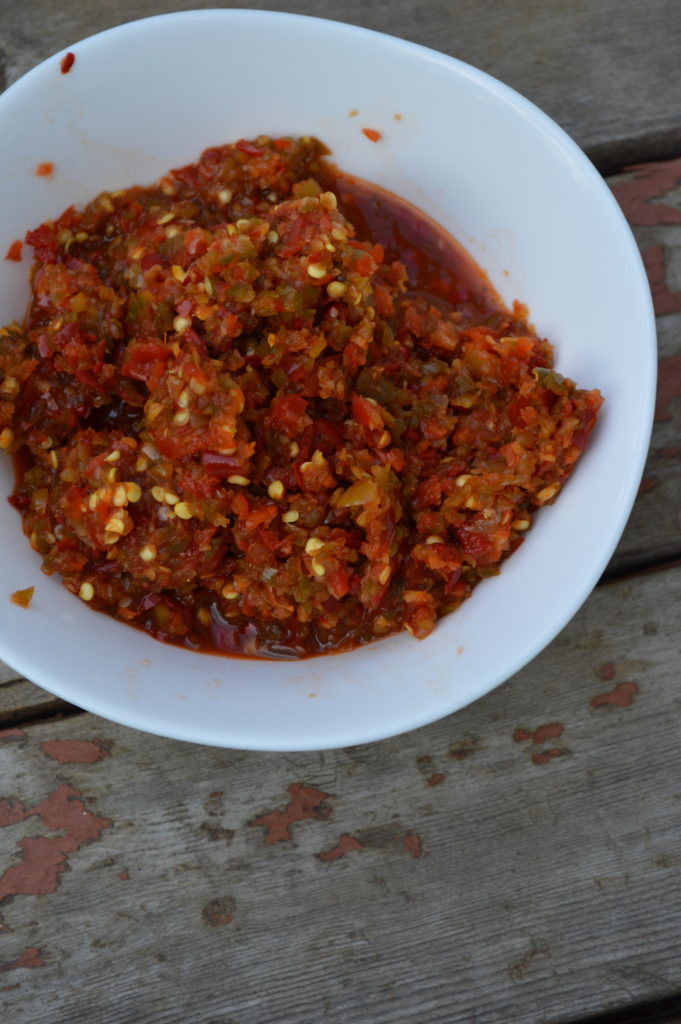

Pixian is located in the plains, with more sunshine, higher air humidity, and no water pollution. The distinctive flavor of Pixian Doubanjiang from the place of origin, Pixian, has a close relationship with the geographical location. The jingle for Pixian Doubanjiang used the ancient fermentation method, "flip it over during daytime, expose it at night, sunbathe it in sunny days, cover it when it rains." ( Chinese: 白天翻,晚上露,晴天晒,雨时盖). Pixian Doubanjiang is produced with a long fermentation period under sunlight (often longer than 3 years). The most well-known variety of doubanjiang is arguably Pixian doubanjiang ( Chinese: 郫县豆瓣酱 pinyin: Píxiàn dòubànjiàng), named for Pixian (now Pidu District, Chengdu city), Sichuan.

Other regions have their own versions: in Guangdong and Taiwan, for instance, the Sichuan doubanjiang is called la-doubanjiang ( Chinese: 辣豆瓣醬, "la" (辣) meaning 'hot' or 'spicy') to distinguish it from local non-spicy versions. Characteristically used in Sichuan cuisine, it has been called "the soul of Sichuan cuisine." Sichuan dishes such as mapo tofu, huoguo (Sichuan hotpot), the Yuxiang flavour profile, and Shuizhu all use doubanjiang as a key ingredient. Doubanjiang ( Chinese: 豆瓣醬, pinyin: dòubànjiàng, IPA: ), also known as douban, toban-djan, broad bean chili sauce, or fermented chili bean paste, is a hot and savoury Chinese bean paste made from fermented broad beans, chili peppers, soybeans, salt and flour.


 0 kommentar(er)
0 kommentar(er)
